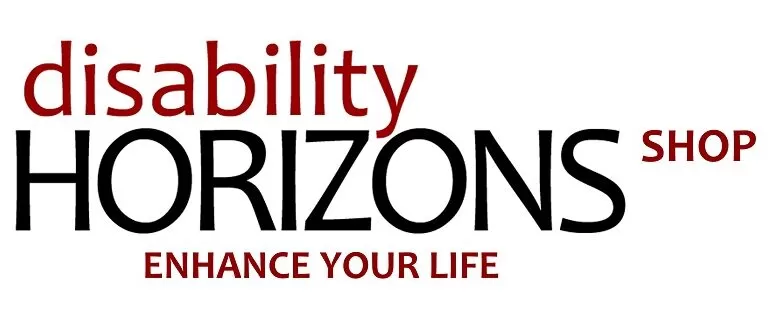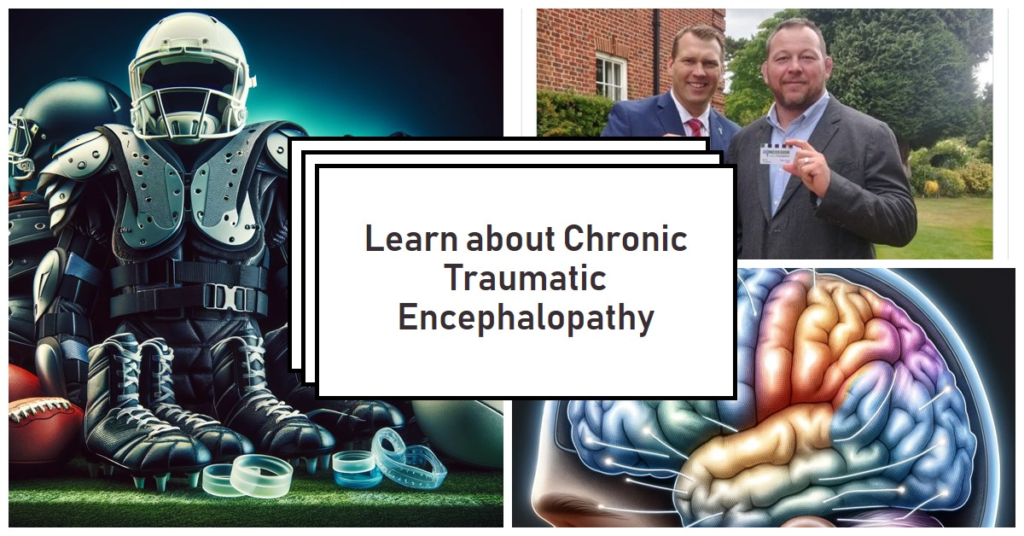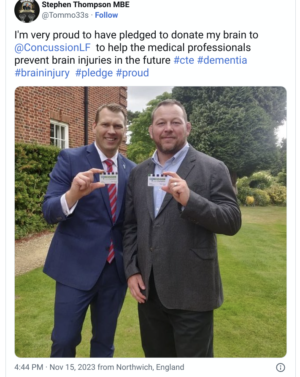What is Chronic Traumatic Encephalopathy (CTE)?
January 30th is CTE Day. Chronic Traumatic Encephalopathy (CTE) is a degenerative brain condition believed to be caused by repeated head traumas that are often seen in high-impact sports like football, hockey, soccer, rugby, and boxing.
Initially identified in boxers and later in other contact sports athletes and military personnel, CTE is a growing concern in the medical and sports communities.
It’s characterised by a build-up of tau protein in the brain, leading to symptoms like memory loss, behavioural changes, and motor skills difficulties.
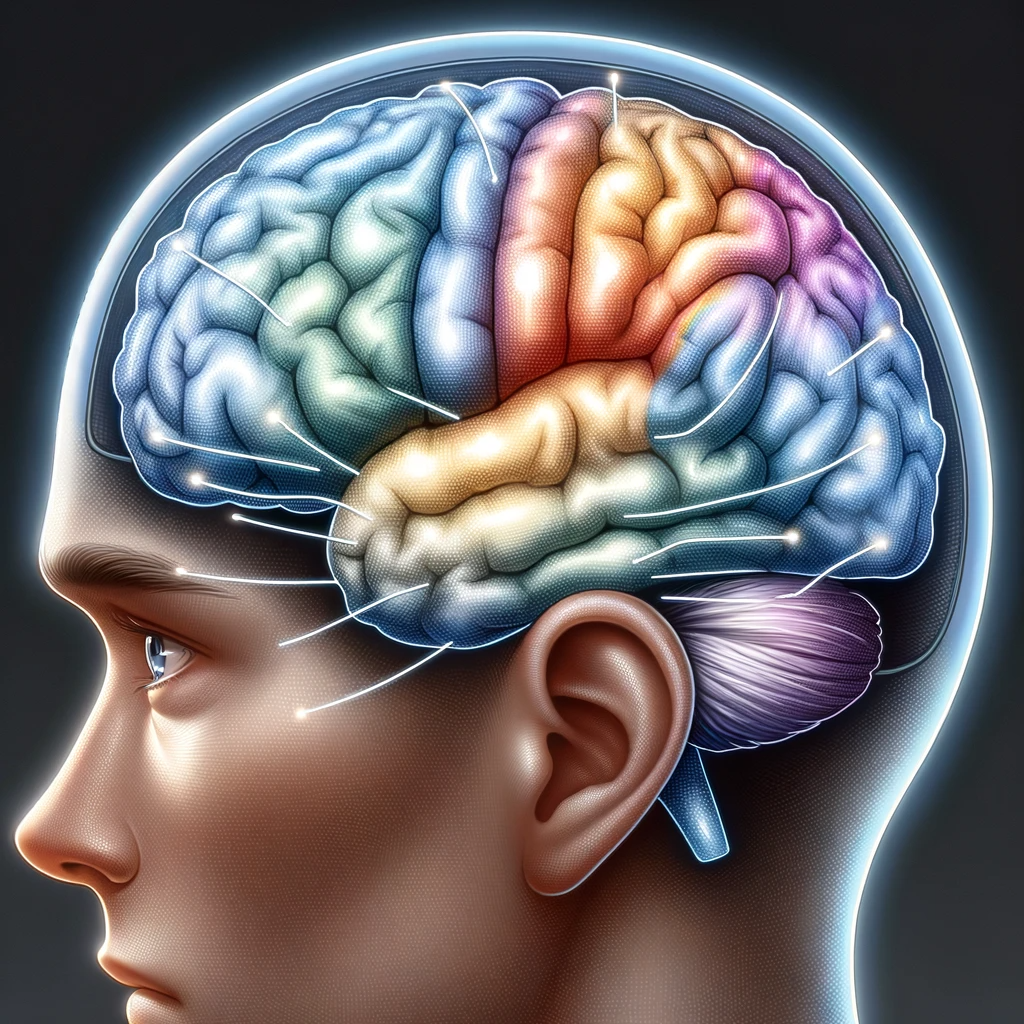
Understanding Chronic Traumatic Encephalopathy: Awareness and Action on CTE Day
Key Takeaways:
| Aspect | Detail |
|---|---|
| Definition | Chronic Traumatic Encephalopathy (CTE) is a brain condition associated with repeated head injuries. |
| Symptoms | Memory loss, confusion, personality changes, and Parkinsonism. |
| Impact | Affects athletes, military veterans, and others with repetitive brain trauma. |
| Therapies | Supportive treatments, lifestyle changes, and psychological support. |
| Awareness | Raising understanding and promoting research on January 30, CTE Awareness Day. |
What causes CTE?
- CTE is a progressive brain disease linked to repetitive head injuries.
- It leads to tau protein buildup, damaging brain cells over time.
- Symptoms manifest years after initial injuries.
Common Symptoms
- Impulse control issues
- Aggression
- Depression
- Irritability
- Anxiety
- Memory loss
- Sleep disorders
- Severe cognitive, physical, and emotional decline
Daily Impact of CTE
Individuals with CTE may experience a wide range of symptoms, affecting their daily lives significantly. These include:
- Cognitive impairments, such as memory and concentration difficulties.
- Behavioural changes, like aggression, impulsivity, and depression.
- Physical symptoms, such as headaches, motor impairment, and speech difficulties.
Living with CTE
Living with CTE can be extremely challenging for both patients and their loved ones. As symptoms worsen over time, individuals lose their ability to regulate mood, behaviour, and cognition. Caregivers must provide constant supervision and care. CTE takes an immense emotional and financial toll on families.
Products and Therapies
While there is currently no cure for CTE, several supportive treatments and products can help manage symptoms and improve the quality of life for those affected.
| Treatment | Description |
|---|---|
| Cognitive Therapy | Aids memory and executive functions, stimulating cognitive abilities and teaching effective symptom management. |
| Physical Therapy | Enhances motor skills, balance, and proprioception (sense of self-movement and body position), addressing CTE’s impact. |
| Mental Health Support | Crucial for managing cognitive and behavioural symptoms; includes counselling and medications for depression and anxiety. |
| Medications | While no FDA-approved CTE meds exist, drugs like galantamine, donepezil, and stimulants may be used to alleviate symptoms. |
| CBD Products | Promising research on CBD’s role in symptom management; consult healthcare providers for proper recommendations and dosages. |
| Rehabilitation Exercise | Slows neurological decline, promotes physical activity, and maintains a healthy diet for symptom management. |
| Mindfulness and Lifestyle Changes | Meditation and healthy habits aid mood and behaviour symptom management. Staying active, eating well, and maintaining healthy sleep habits are beneficial. |
| Important Note | These treatments focus on symptom management and improving quality of life, not curing CTE. Ongoing research aims to develop disease-modifying treatments. |
Famous Sportsmen and CTE
Several well-known athletes and military personnel have been diagnosed with or are suspected of having had CTE. Their stories have brought attention to the condition and its implications in sports and military service.
-

Steve Thompson MBE on X Steve Thompson, a Rugby World Cup winner with England, has been diagnosed with early-onset dementia and is part of a group of players with probable CTE
- Former rugby league players, including the former Great Britain half-back Bobbie Goulding and the former St Helens and Great Britain prop Paul Fozzard, have been diagnosed with early-onset dementia and probable CTE
- CTE has also been found in former soccer players, as a study confirmed CTE in four retired soccer players who had advanced forms of dementia. In the context of American football, several cases of CTE have been reported in former NFL players. These cases highlight the potential long-term impact of head injuries in sports.
- The three most famous NFL players listed on the Wikipedia page for NFL players with chronic traumatic encephalopathy (CTE) are:
- Junior Seau: A renowned linebacker who played in the NFL for 20 seasons, primarily with the San Diego Chargers. Seau was posthumously diagnosed with CTE after he died in 2012
- Bubba Smith: An NFL great with a successful acting career, notably playing Hightower in the ‘Police Academy movies. Smith was diagnosed with stage 3 CTE after his death.
- Ken Stabler: Known as “The Snake,” Stabler was a prominent quarterback for the Oakland Raiders and was posthumously diagnosed with Stage 3 CTE.
Support Methods for Individuals and Families
Support for those affected by CTE includes:
- Support groups for patients and families.
- Educational resources to understand the condition.
- Advocacy groups focus on research and support.
Preventing CTE in Sports
Preventing CTE involves several strategies, including the use of protective gear, adherence to safety rules, implementation of concussion protocols, and careful monitoring of head injuries.
Protective Gear
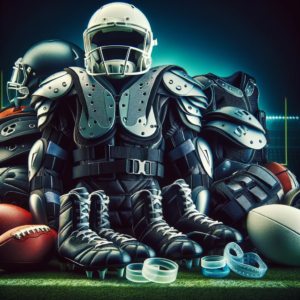 Protective gear, such as helmets and padding, can help reduce the risk of severe traumatic brain injuries (TBI) by decreasing the acceleration of the head upon impact.
Protective gear, such as helmets and padding, can help reduce the risk of severe traumatic brain injuries (TBI) by decreasing the acceleration of the head upon impact.
However, it’s important to note that protective gear like helmets, mouthguards, and concussion headbands are not entirely effective in preventing concussions. They might even encourage more aggressive play due to a false sense of security.
Therefore, while protective gear is essential, it should be used in conjunction with other preventive measures.
Changing Sports Rules To Improve Safety
Adherence to safety rules is crucial in preventing CTE. These rules are designed to reduce the number of hits to the head and the strength of hits, which can significantly lower the odds of developing CTE.
For instance, the National Football League (NFL) has implemented rules changes aimed at eliminating potentially risky behaviour that could lead to injuries.
Concussion Protocols and Monitoring of Head Injuries
Concussion protocols are such things as recommending that no athlete should return to play or practice on the same day of a concussion. And that any athlete suspected of having a concussion should be evaluated by an appropriate healthcare professional.
Athletes should only return to sports practices with the approval and under the supervision of their healthcare provider.
Monitoring of head injuries is another crucial aspect of CTE prevention. An athlete’s parents and coaches need to watch for concussion symptoms after each game or practice.
Education and Behaviour Modification
Proper technique and behaviour, limitations on contact practices, and contact restrictions by age group all have the potential to prevent head injury
Athletes, parents, coaches, officials, and the media should be educated about the risks of repeated head injuries and the importance of safety measures.
Conclusion and How You Can Help
Understanding CTE is crucial for prevention and support. On CTE Awareness Day, January 30, we encourage everyone to learn more about this condition, support ongoing research, and advocate for safer practices in sports and other areas prone to head injuries. Together, we can reduce CTE cases and assist those impacted.
Suggested Charities For Donations
- The Concussion Legacy Foundation: USA: This organisation is dedicated to improving the lives of those impacted by concussions and CTE. They raise funds to support crucial patient and family resources, research, and education programs.
- The Concussion Foundation: This UK-based charity is committed to funding research into concussions, which are often linked to the development of CTE.
- Headway: While not specifically focused on CTE, Headway is a UK-wide charity that works to improve life after brain injury, including traumatic brain injuries that can lead to CTE. They run campaigns to increase awareness and reduce the incidence of brain injuries.
- Head for Change: This new charity is pioneering positive change for brain health in sports and supporting ex-players who are affected by neurodegenerative diseases, including CTE. They organise various fundraising events, such as bike rides and triathlons, to raise funds for brain health in rugby.
FAQs answered for chronic traumatic encephalopathy
- What is the life expectancy of a person with CTE?
- The life expectancy of a person with CTE can vary significantly and is influenced by various factors such as the severity of the condition, age of onset, and overall health. There is no definitive answer, as research is ongoing.
- What are the 5 symptoms of CTE?
- Common symptoms of CTE include memory loss, confusion, personality changes, erratic behaviour, and problems with motor skills.
- What is the age of onset for chronic traumatic encephalopathy?
- CTE can onset at any age but typically becomes symptomatic in mid-life, decades after the initial brain traumas.
- Can you detect CTE before death?
- Currently, CTE can only be definitively diagnosed after death through an autopsy. Research is ongoing to find ways to detect it earlier.
- Can you live a normal life with CTE?
- Living with CTE can be challenging, and the impact varies among individuals. Some may live relatively normal lives with supportive care and treatments, while others may experience significant impairments.
- What does CTE do to a person?
- CTE causes the death of nerve cells in the brain and progressive degeneration. Symptoms can worsen over time, affecting memory, behaviour, and physical capabilities.
- What can trigger CTE?
- CTE is triggered by repeated head injuries or concussions. It is commonly seen in individuals with a history of contact sports or military experiences involving repetitive brain trauma.
- Can CTE be seen on MRI?
- CTE cannot be reliably diagnosed with MRI or other imaging techniques currently. These tools can help identify other conditions but not CTE conclusively.
- Is CTE considered a disability?
- CTE can be considered a disability, especially as it progresses and leads to significant impairments. It may qualify individuals for disability benefits depending on the severity and impact on their daily life.
- Can you get PIP for brain injury?
- Yes, individuals with brain injuries, including those potentially leading to CTE, may be eligible for Personal Independence Payment (PIP) if the injury significantly affects their ability to carry out daily activities or impacts their mobility.
